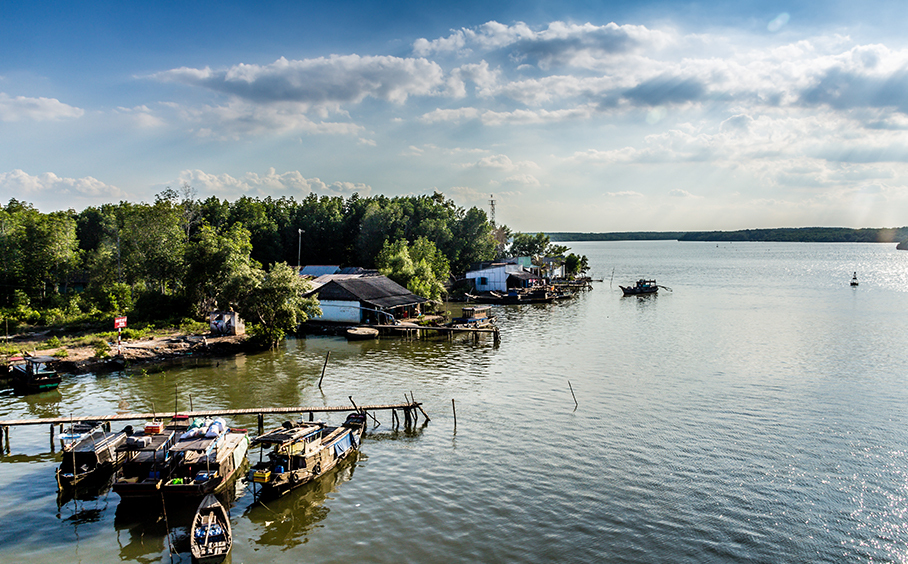
by Mumemories via AdobeStock
Climate change impacts
Given the vast size of the U.S. and the region-specific impacts of climate change, the information requirements for adaptation measures also vary from one region to another.
Adaptation activity
The U.S. Department of Agriculture (USDA) Climate Hub was established in February 2014 to promote reliable and sustainable agriculture and forestry that can adapt to regional climate change. There are currently 10 climate hubs in the United States (see Fig. 1). The government aims to provide scientific information and technology for region-specific climate change issues to the agricultural and forestry stakeholders, though its ministries and agencies, and to support adaptation measures (see Fig. 2). The main activities are ①integration of research and scientific information, ②support for development, technology exchange and application, and ③education, support and engagement of stakeholders.
Outputs / Expected benefits
The Climate Hub program aims to provide relevant region-specific information to agricultural and forestry stakeholders to support adaptation. The gap between R&D and agricultural practice should be reduced by the application of research in real-world situations.

Fig. 1 Ten regions where Climate Hub is active
(Source: U.S. Department of Agriculture. Climate Hubs.)

Fig. 2 Examples of data provided by Climate Hubs
(Information on Drought in California)
(Source: U.S. Department of Agriculture. Climate Hubs.)
Related Information
- U.S. Department of Agriculture. Climate Hubs.
- Mizuho Intelligence Research Institute's "FY2016 Survey and Analysis of Regional Climate Change Adaptation Plans in the Agriculture, Forestry and Fisheries Sector (Survey and Analysis of Adaptation to Regional Climate Change Impacts in Foreign Countries)" Survey Report (Ministry of Agriculture, Forestry and Fisheries Consignment Project)




